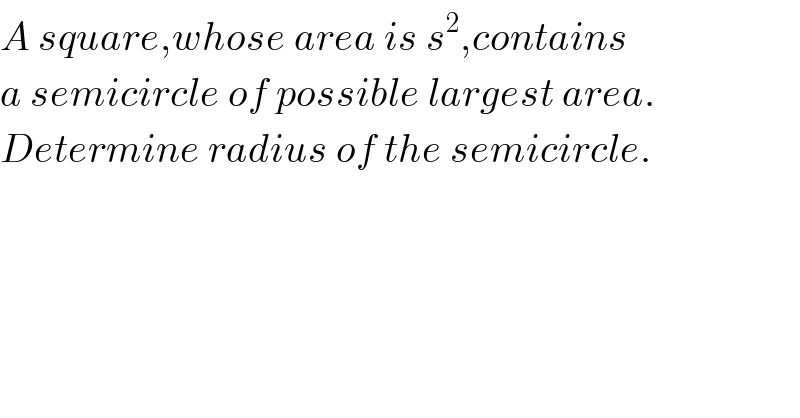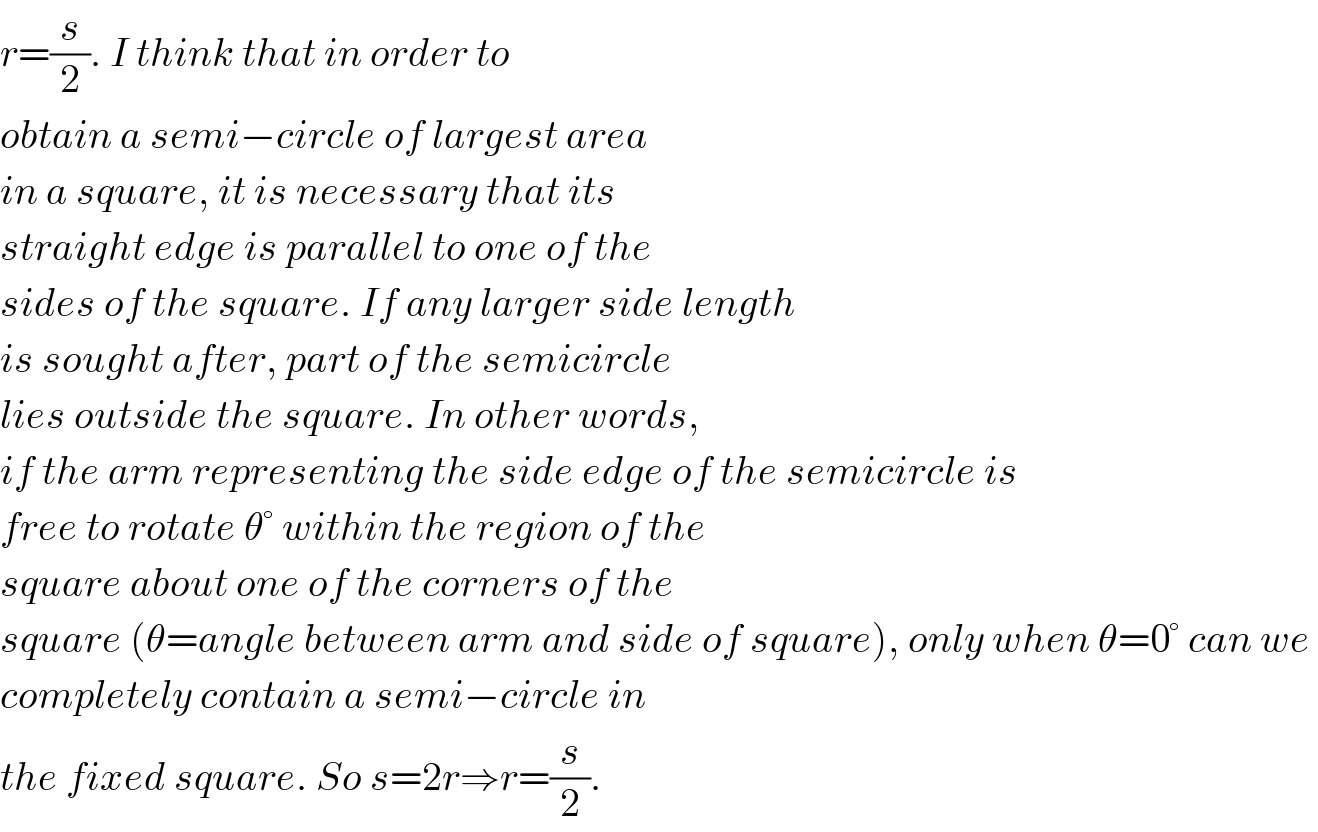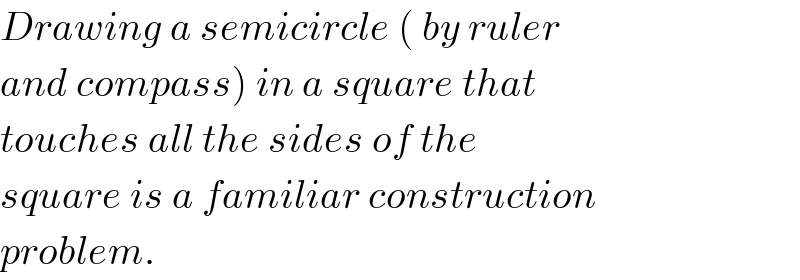
Question and Answers Forum
Question Number 3836 by Rasheed Soomro last updated on 22/Dec/15

Commented by Yozzii last updated on 24/Dec/15

Commented by RasheedSindhi last updated on 24/Dec/15

Commented by RasheedSindhi last updated on 24/Dec/15

Commented by Yozzii last updated on 24/Dec/15

Commented by Rasheed Soomro last updated on 29/Dec/15

